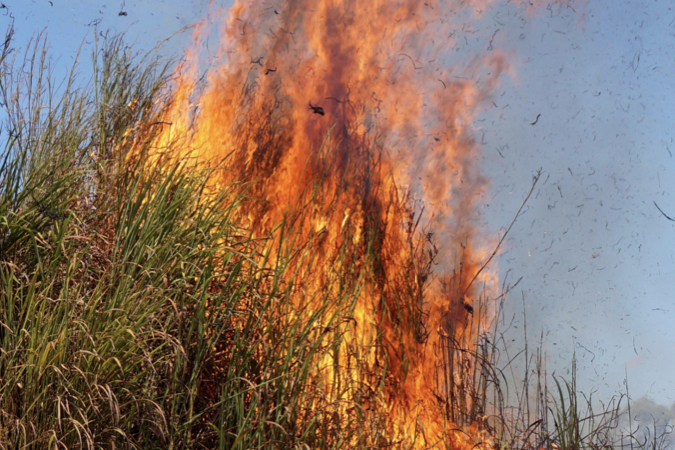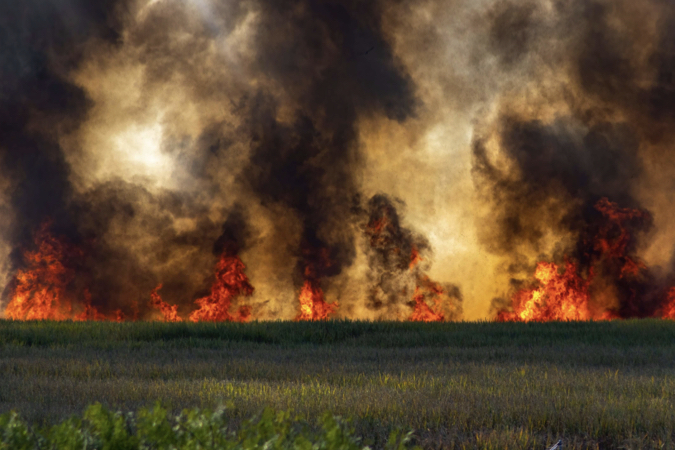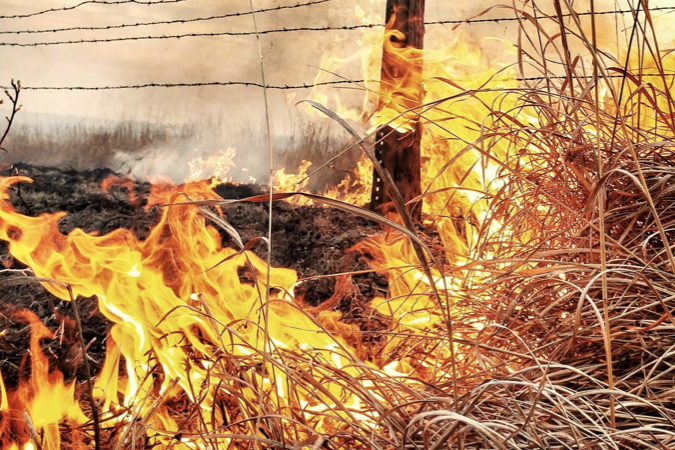



Oriners and Sefton Savanna Burning
Key Info Story
Website
Social links
Project Story
The Rangers have been successful in combining their traditional knowledge with modern hi-tech hardware to manage country the right way through traditional patchwork burning.

Greenhouse gases emitted from savanna fires make up 3% of Australia’s total emissions. Savanna burning projects undertaken by Traditional Owners and Aboriginal rangers reduce GHG emissions by undertaking cool, lower intensity fires in the early dry season when the vegetation still contains some moisture from the wet season.
This reduces the GHG emitted from high intensity, unmanaged fire in the late dry season when the country is dry.
This reduces the GHG emitted from high intensity, unmanaged fire in the late dry season when the country is dry.

When savanna grasslands are burned in a controlled manner, it can stimulate the growth of new grasses and other vegetation, which in turn provides food and habitat for a wide range of local species. Cool burning can also help to control the spread of invasive species, reduces the risk of wildfire, and improves the overall health and resilience of the ecosystem.

Sustainable Development Goals
The United Nations Sustainable Development Goals (SDGs) are a set of 17 interconnected goals established by the United Nations in 2015. The SDGs provide a comprehensive framework for addressing the world's most pressing economic, social, and environmental challenges.
Global impact groups play a crucial role in supporting the SDGs by creating mechanisms to mobilise resources, collaborate with stakeholders, and drive collective action toward achieving the goals. These groups have the capacity to leverage their expertise and resources to make a significant positive impact.
Global impact groups play a crucial role in supporting the SDGs by creating mechanisms to mobilise resources, collaborate with stakeholders, and drive collective action toward achieving the goals. These groups have the capacity to leverage their expertise and resources to make a significant positive impact.



